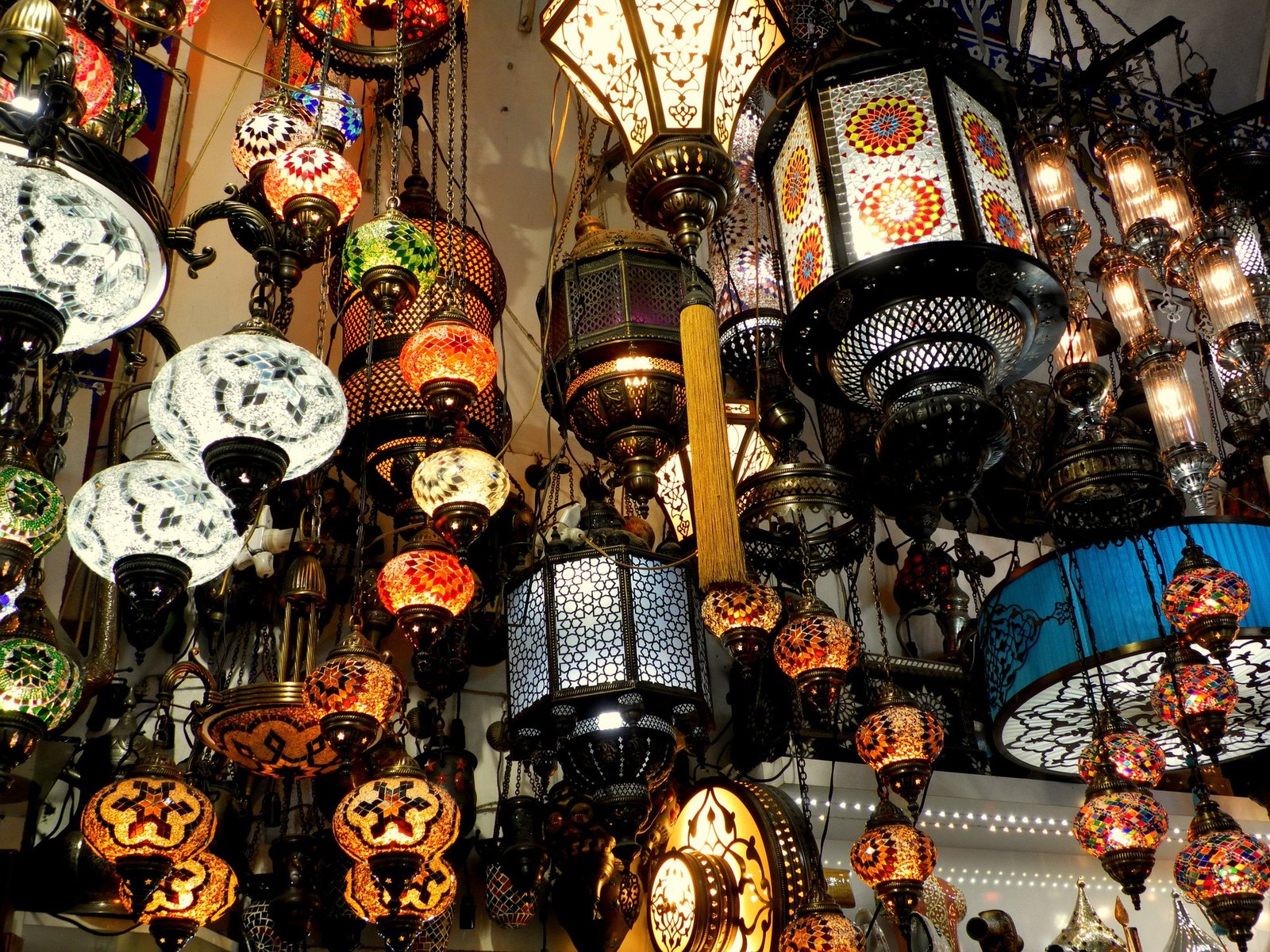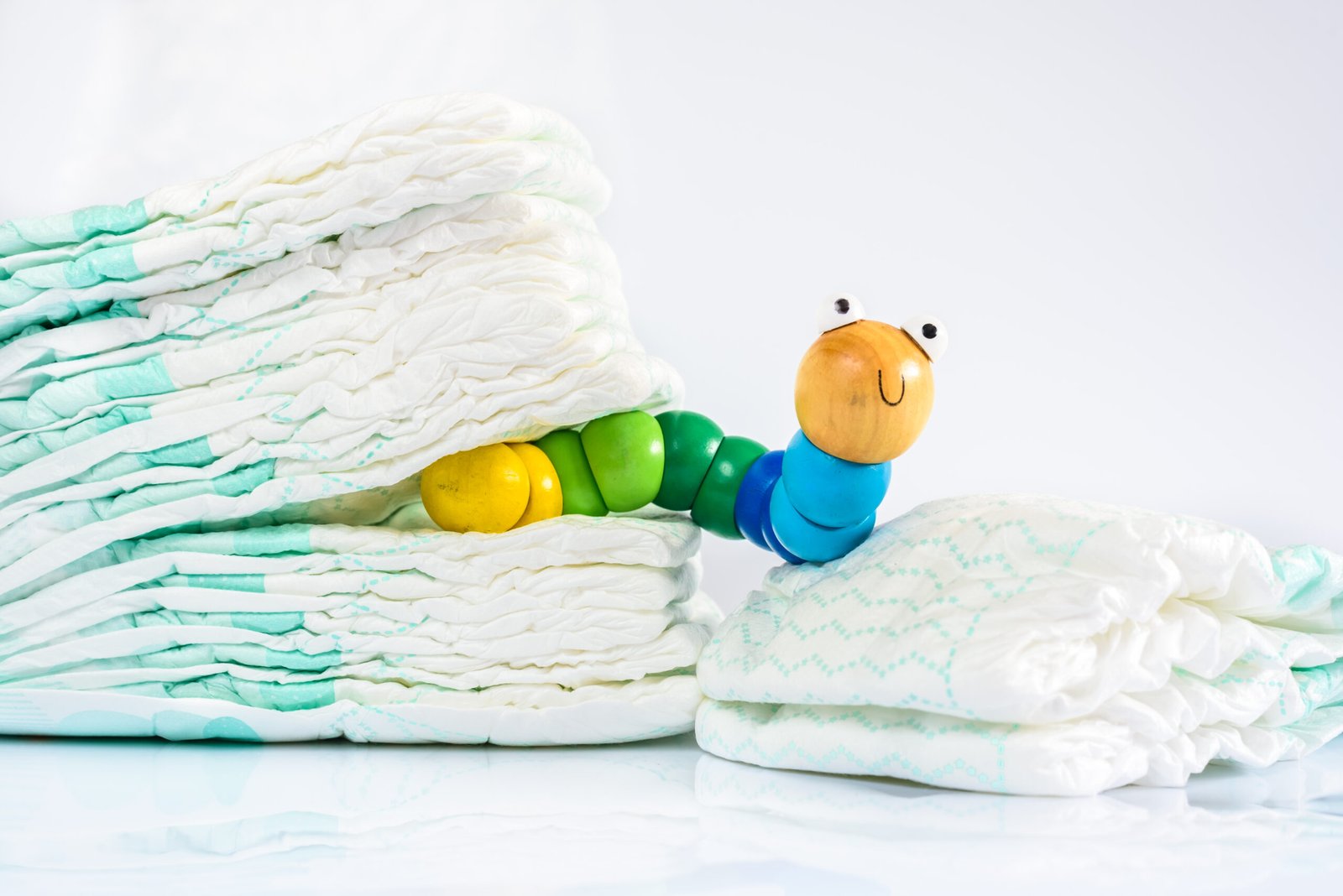Apart from its famous spices and widely known movie industry, India is one of the world’s leading manufacturing countries. India’s proximity and trade relationship with China is one reason this industry is thriving, and it contributes majorly to the country’s economy. In this article, we will discuss how products are manufactured in India, sourcing vendors, pricing, and several other relevant information you might need. Keep reading!

1. The Different Methods of Sourcing
The first step to starting up a supply chain in India is to research agents and potential suppliers. These people mostly manufacture products in India, and they are not only experienced in the export business but also offer some assurance in the business relationship. Let’s look at some of the popular sourcing methods:
- Online Sourcing Markets: These include sources like Global Sources and Alibaba, and they are the middlemen that connect suppliers to buyers. They also offer a wide range of product options to choose from for those new in the business. Read 5 Must-Try Wholesale Markets in India for Indian online marketplaces.
- Social media: Even though social media platforms like Instagram and Facebook should not be your first place of call when sourcing, you, however, may be fortunate to find some of these suppliers who manufacture products in India, mainly through Facebook ads.
- Trade Shows: Commerce trade shows like the Canton Fair and East China fair remain one of the best places to find legitimate suppliers. Because these events are physical, verifying potential and reliable suppliers are more accessible, it is also a chance to negotiate and form a stable relationship before entering into business.
- Sourcing Agents: Sourcing agents come in handy for those overwhelmed or confused about how the supply chain process works. These enterprises are often capable of handling the entire export process from sourcing for the suppliers to negotiating prices, handling logistics, and so forth. This, of course, have a price that is often fixed or commission-based. One of the sourcing company from India is ActonaSourcing
2. How to work out your products final cost price
Because suppliers that manufacture products in India struggle with what product pricing works best for their business model, we have decided to highlight a few of the commonly used ones.
- Cost-based Pricing: This is the most common method of determining the fixed cost price of products. It involves dividing the total cost of producing a product or unit of a product by minus 1 of a projected profit margin. The result would deliver the final price of the goods or units of goods.
- Dynamic Pricing: For this method, an item’s sales price is based on a demand for it. Where the need for the product is particularly high during a specific period, suppliers who manufacture products in India often take advantage and create a surge in the price of the products for profit maximization. Examples are the Valentine season and Christmas, two of the most celebrated periods in a year. As you might imagine, it is a good time for suppliers who manufacture products in India to create seasonal themed items and sell them at a price above the regular.
- Market-oriented Pricing: Here, prices are set after the market research has been conducted to understand both the competition and the purchasing power of potential customers. A market-based pricing strategy can take either of the forms:
i. Pricing below the market: as a means of drawing customers away from the competition
ii. Pricing at market price: maximizing profit by setting pricing at the same rate as the competition
iii. Pricing above market: if you’re confident enough about your product’s quality as opposed to your competition, the price above strategy is a good one. Some people buy into exclusivity and equate the high value of a good to it being of high quality.
3. Tips for determining the selling price
Knowing when and how to employ different pricing strategies is tricky but here are a few tips to put on the right path
i. Know your market and customer; they are the reason your brand exists and cannot be overemphasized. Do not be afraid to adjust to the changing tides of demand where necessary. Also, always keep an eye out for what your competition is up to.
ii. Know your competition: always keep an eye out for what the competition is doing. You don’t want to be left behind with obsolete products that would affect your customer base and ultimately, how much price you can put on those goods when your competition is out with something fresh and attractive.
iii. Know your revenue target and costs: to realize a profit, you must first know how much is spent in production. Do not price goods lower than what it cost to produce them.
Learn where your market is headed because other factors may affect the demand for your products like seasons and government policies, ensure to always keep an out for these things that could affect the pricing of your goods.
4. A low-cost method to test your product
Testing products before an introduction into the market is a determining factor for how far that product would go. First impressions will always matter, and here are a few cheap ways to design and test prototype products:
- Comparison testing
In this process, suppliers who manufacture products in India can either;
a. make two different designs or colours of the same product and survey a different set of people to pick a preference;
b. Make digital prototypes first to be used for the survey; this is cost-effective because fewer resources are used to conduct the study.
- Concept testing
Before actual the product, the designs of the products can be examined and tested to a select audience to see if there’s a potential market for it and how much they’d be willing to pay. - Usability testing
Usability tests can be used to determine the durability of the intended products. This test requires potential customers to use the product while the manufacturer observes and notes corrections to be made.
5. Understanding high minimum order quantities
Minimum order means the minimum quantity that a supplier who manufactures products in India must place before shipping. Because most buyers are frustrated by the high minimum order quantities (MOQ) requirements, let us discuss a few strategies on how to bypass this problem.
- Negotiate, many supplies who manufacture products in India may be willing to cut corners regardless of their policy. You can pay in instalments or pay at a slightly higher price if the MOQ is reduced or shows signs that you’re interested in becoming a long term customer.
- Try patronizing a smaller supplier who manufactures products in India because they may be willing to cut corners to build a solid customer base.
- Have multiple suppliers; by doing so, you may be successful in playing the “first-time customer” card. Only a few suppliers who manufacture products in India would be willing to lose potential long term customers over strict MOQ policy.
- Go for products readily available for shipping and not the ones that require to be manufactured from scratch(these tend to require more production capital, and as such, the MOQ requirement may be too full).
6. The steps required to import your product
We believe you would find the following tips helpful in your importation process:
- Ensure the goods to be imported are not restricted or prohibited in the country you wish to import them into.
- Ensure the goods are separated and classified adequately for identification purposes.
- Determine the transportation means of the cargo. You can decide to send through air freight, sea freight or courier. (by air would cost you a bit more than the others)
- Obtain shipping and customs charges required to be paid
- Track the cargo from departure to arrival
- Upon arrival, ensure to clear gods with the country’s customs officials, receive shipments, and inspect goods right away.
7. Different risk prevention strategies
- Know your supply chain: before having a long term relationship with a supplier who manufactures products in India, ensure a proper study on the integrity of the supplier is done, failure to do so comes with consequences.
- Identify possible risks: the first step to handling risk is getting ahead of it, take steps in ensuring a proper study of all the potential dangers that can spoil the business.
- Have a Contingency Plan: where there are hiccups, there should always be a contingency plan to ensure the business is not frustrated into a halt.
- Conduct training for staff: a mandatory induction should be organized for all new employees to ensure everyone is up to speed about the practices and procedures to mitigate risks.
- Leverage on technology for data analysis: The world is going digital, and technology has proved helpful in giving accurate data and projections on the possible risks that can hinder a business; it is advisable to take advantage of it.














